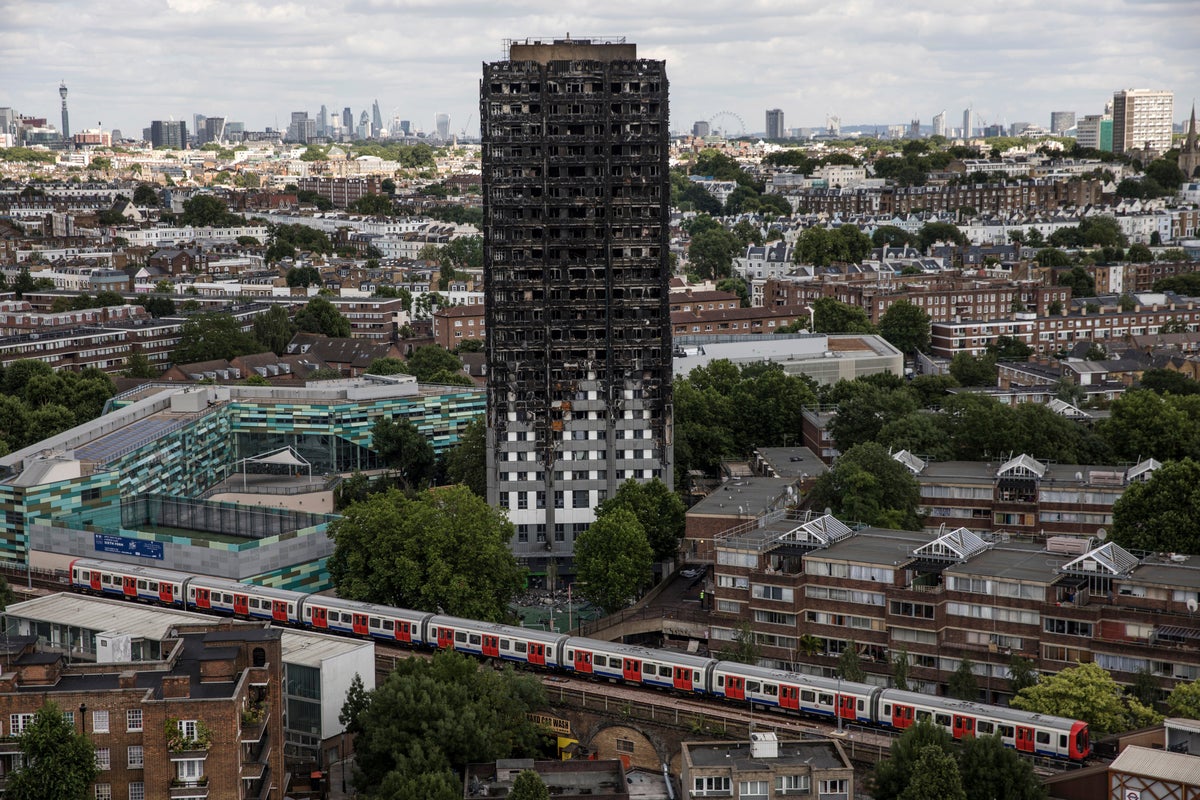The Weekly Reflektion 35/2024
Reduction in risk requires a focus on reducing both the probability of an undesidered event and the consequences of the event once it has occurred. When assessing the consequences it is important not to just get hung up on the actual consequences from these events. It is important that the potential consequences are also considered.
How do you assess the potential consequences of an incident?

Grenfell Tower after the tragic fire 14th June 2017
A loose piece of flooring in a workshop caused several people to catch their foot and a few people to fall over. The incidents were reported; however since the consequences from the incidents had not led to a serious injury or LTI (lost time incident) then remedial actions were not prioritized. LTIs were a key safety performance indicator at this site. Inevitably a serious incident did occur when one of the older mechanics tripped and broke his hip. Complications arose from the operation and the mechanic was eventually off work for six months. The flooring was fixed.
In our Reflektion in week 15/2024, we described the fire at the high-rise apartment block at Garnock Court in Irvine, Scotland in 1999. A fire from one of the flats spread though external cladding. The combustible material in the cladding compromised the design intent of a ‘stay-put’ strategy for any response to a fire. This entailed designing each flat as a fire-resistant compartment often referred to as the ‘compartmentation principle’. At Garnock Court, the fire brigade decided not to follow the ‘stay put strategy’ and evacuated the residents.
At Grenfell Tower, fire broke out in flat 16 on the 4th floor and also escalated through the external cladding. 72 people died in the fire. The key failure at Grenfell was the use of combustible material in the external cladding installed as part of a refurbishment in 2015/2016. The cladding panels used did not meet the required fire standards.
In his statement to Phase 2 of the Grenfell Tower Inquiry the London Fire Commissioner made the following point:
The LFC does not seek to dilute the express acceptance at an early stage that, whilst the LFB and other FRSs identified and addressed certain foreseeable risks associated with high-rise residential buildings, the possibility of a devastating fire on the scale of Grenfell Tower was not foreseen and was not planned for. That is the reason why policy and training was not developed to respond to such a disaster, either operationally or in the Control Room. Informed and guided by the well-established and historically effective design principles relating to high-rise buildings, it was not contemplated that an entire multi-storey residential building, which was built and designed to maintain a stay put strategy, might require simultaneous evacuation of its entire population by reason of the total failure of its external facade cladding system and its internal active and passive fire measures, which actively promoted the rapid spread of fire.
A fire at Lakanal House in Camberwell, London in 2009 also spread through combustible material in the external cladding. Six people died. The Coroner’s Inquest into the fire referred to the stay-put strategy and the compartmentation principle and made the following recommendation on enhancing the fire brigade training.
to anticipate that a fire might behave in a manner inconsistent with the compartmentation principle
The coroner therefore recognised the unpredictable nature of fire and the potential for escalation in the event the design intent was compromised. There were also other fires in the UK previous to Grenfell, where external cladding containing combustible material ignited and spread the fire. The statement that the Grenfell Tower fire was not foreseen seems difficult to justify.
